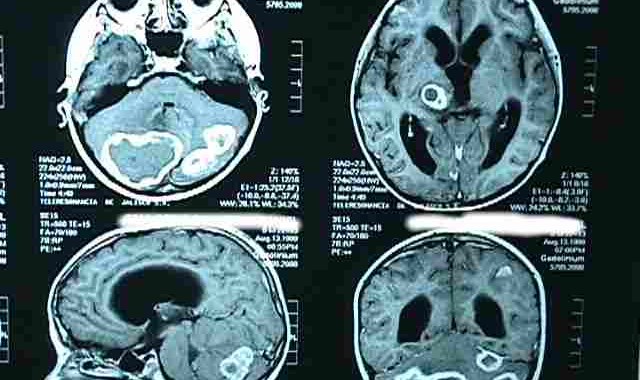
Clinical neurophysiology studies the functioning of the central and peripheral nervous systems. Among a series of tests available to evaluate these functions are:
- 1. ELECTROMYOGRAMS (EMGs) – indicated in various conditions such as carpal tunnel syndrome, lumbar or cervical problems, radiculopathy, sensory disorders in upper and lower limbs, diabetic patients with polyneuropathy, etc.
- 2. EVOKED POTENTIALS (EPs)
- 1. Visual Evoked Potentials (VEPs) – problems with blurred vision, eye pain, etc.
- 2. Brain Stem Evoked Potentials (BAEPs) – in tinnitus, loss of hearing, vertigo, etc.
- 3. Somatosensory Evoked Potentials (SSEPs)
- 1. SSEP of upper limbs
- 2. SSEP of lower limbs
In patients with sensory problems of upper and lower limbs and various conditions originating from the spinal cord
3. ELECTROENCEPHALOGRAPHS (EEGs)
1. Infantile EEG
2. Adult EEG
Indicated for epileptic seizures or control and monitoring of epileptic patients, for headaches, fainting, memory loss, behavioral disorders, head injuries, etc.
4. SLEEP DISORDERS UNIT
The Sleep Disorders Unit is a specialized service for the evaluation, diagnosis and treatment of anyone, whether adult or child, who may suffer from sleep disturbances. Many medical conditions are studied, including sleep apnea, hyperventilation syndromes, insomnia, narcolepsy, various motor disorders (restless legs syndrome, periodic movements of the legs, etc.), epilepsy at night, bruxism, etc.
Consultation
This is the centre of activities in a Sleep Disorders Unit. Clinical evaluation and treatment is carried out here. The most frequent clinical symptoms consulted are:
- Snoring
- Respiratory pauses while sleeping (apnoeas)
- Excessive drowsiness during the day
- Insomnia
- Motor disorders
Given the recurrent and even chronic nature of some sleep conditions, consultation becomes fundamental in the long-term clinical management of patients.
Study of night time sleep
The clinic has a pleasant and comfortable bedroom where we try to make the patient’s stay as restful and as similar as possible to his/her normal sleeping environment. It is an inner room away from noise and with its own bathroom. There is a control room next door which is separate from the bedroom so as to maintain the patient’s comfort and privacy. It is from here that a technician (auxiliary nurse or registered nurse) controls the equipment (computers and videos) monitoring the patient throughout the night.
The patient comes in for one night (9pm –7am). Several electrodes are attached to him/her for monitoring EEG, ECG, respiratory flow meter, oximetry and EMG. While the patient is sleeping, this equipment provides the physiological readings with which a diagnosis is made. The test finishes when the patient wakes up in the morning and afterwards he/she is discharged.
Throughout the night, when the patient is asleep, his/her brain’s electrical activity is registered and its imaging is recorded on video (video monitoring). This is very useful when diagnosing movement disorders and epilepsy during sleep.
For Sleep Apnoea Syndrome, the study of sleep can be accompanied by a CPAP response study. So the patient with Sleep Apnoea needs to have a diagnostic sleep study and also a CPAP response study.



























